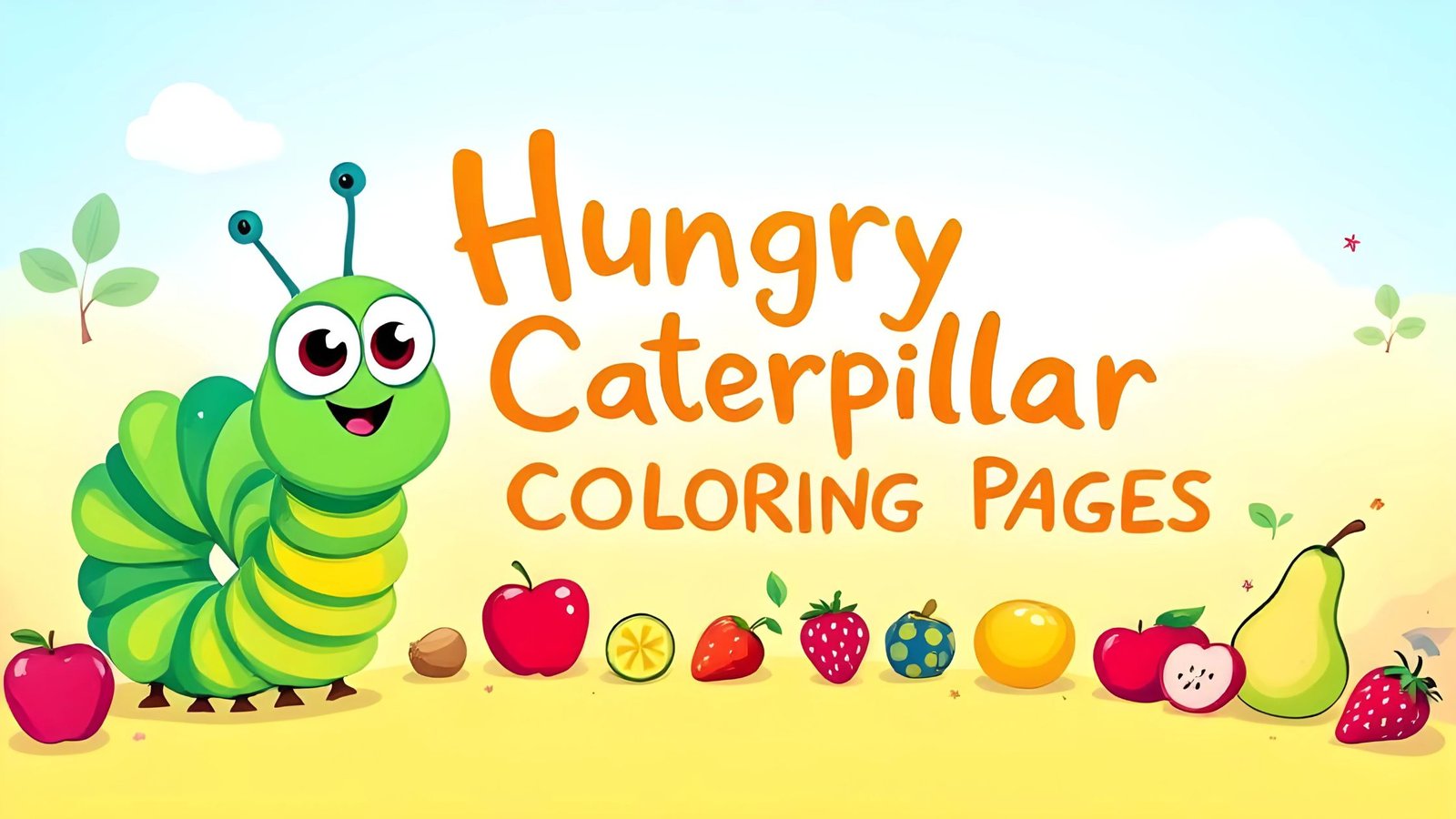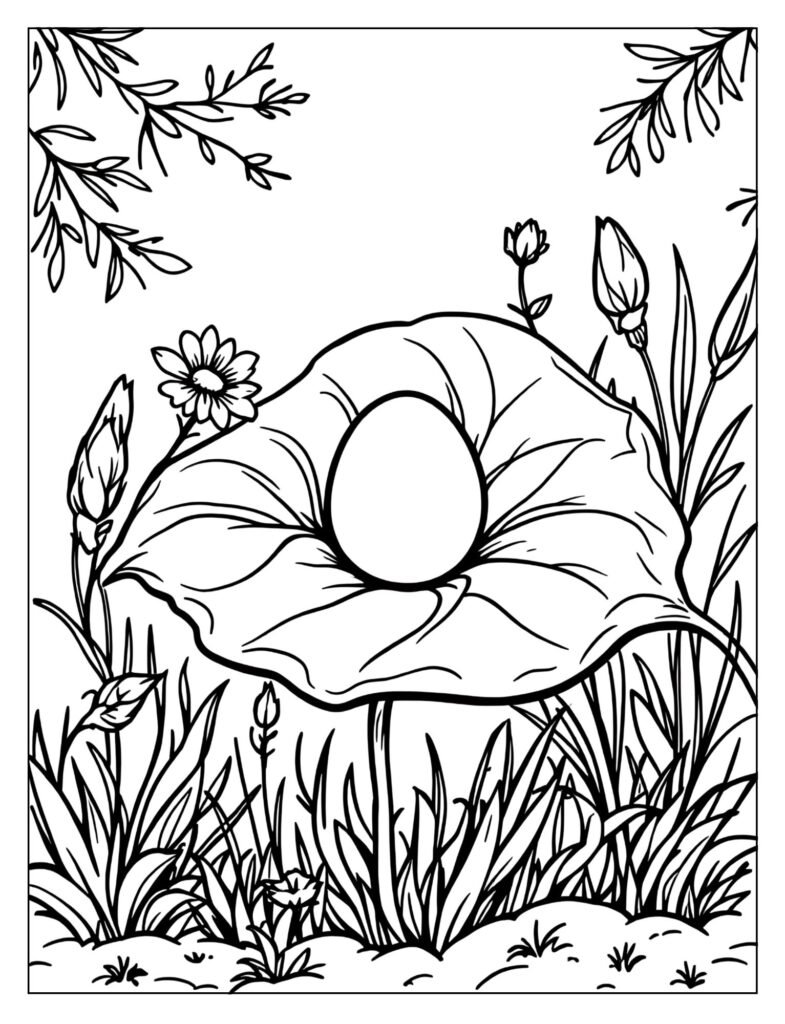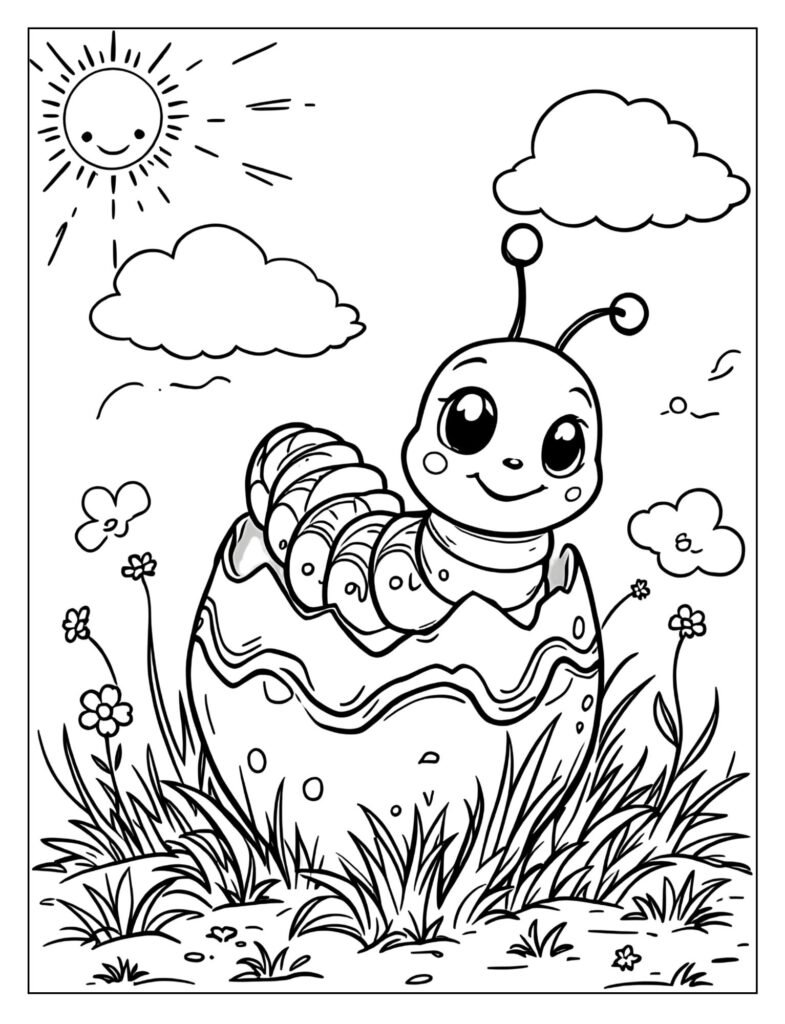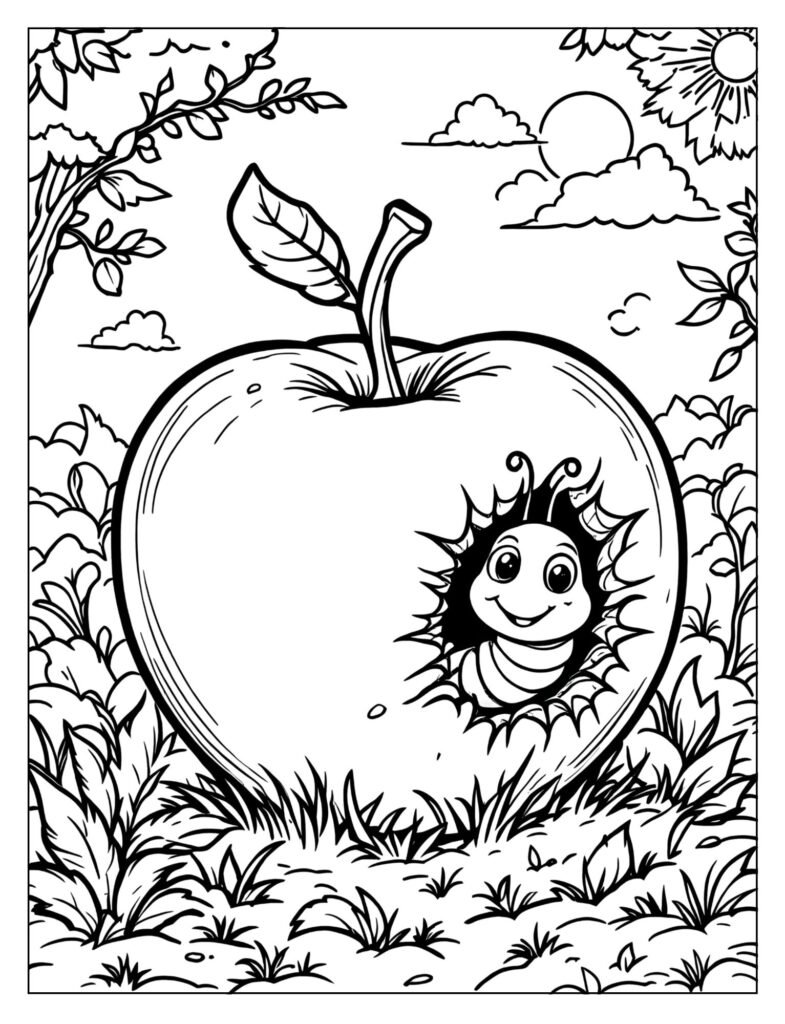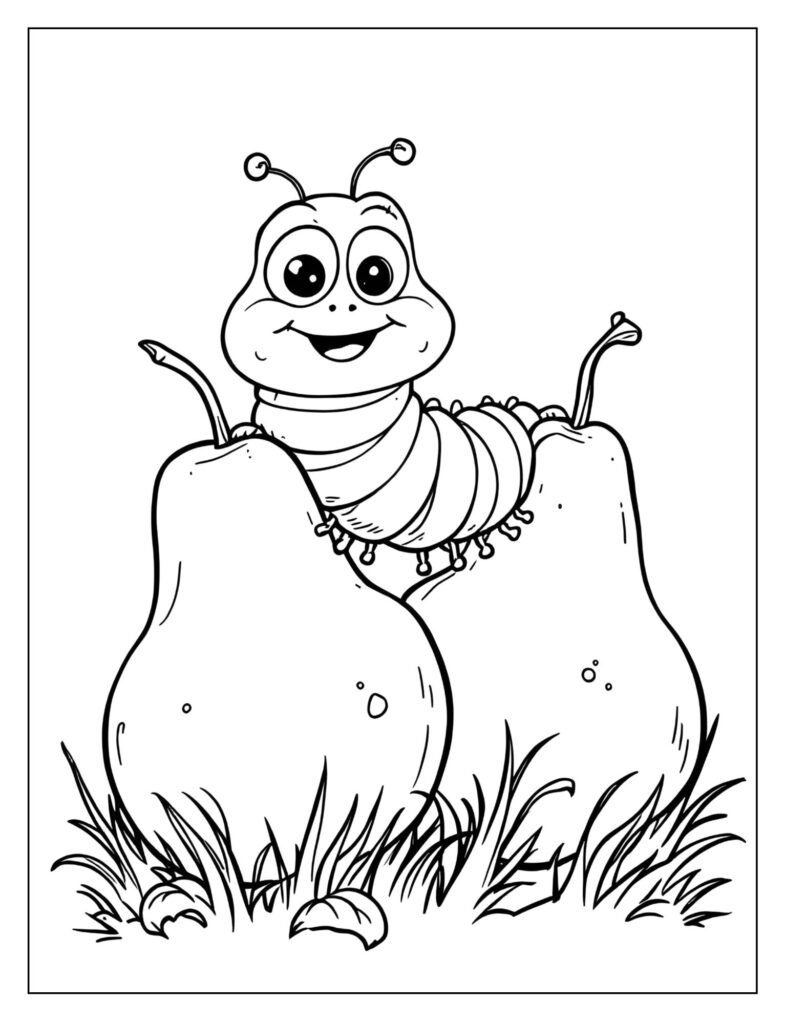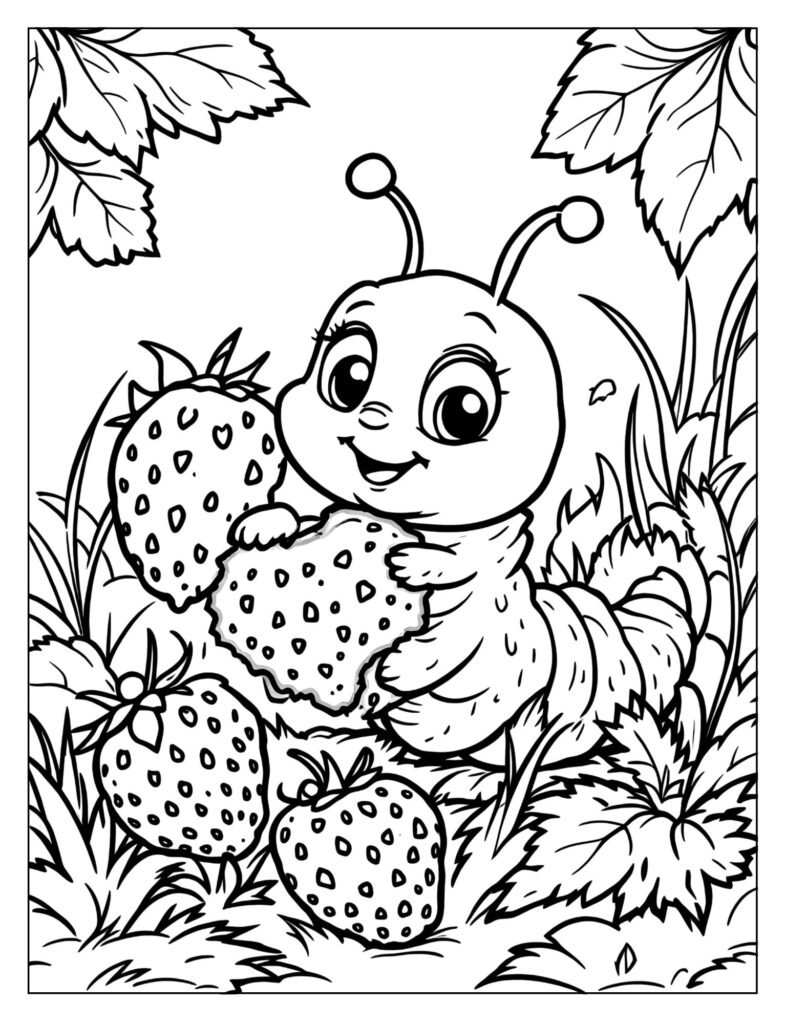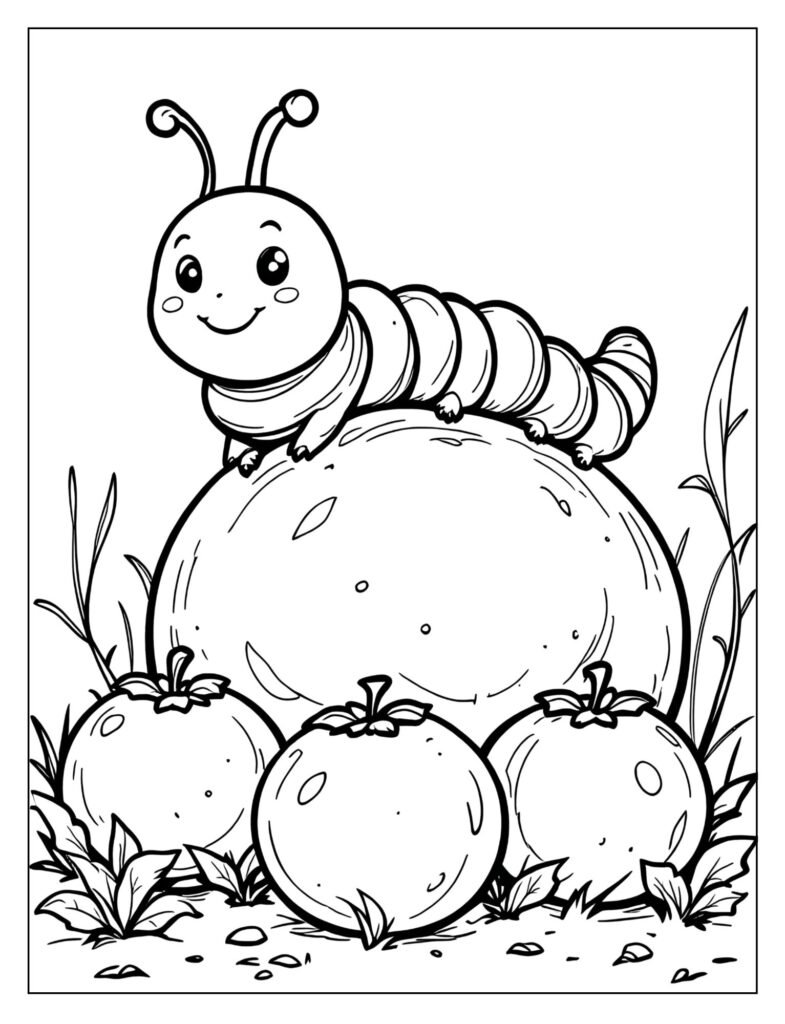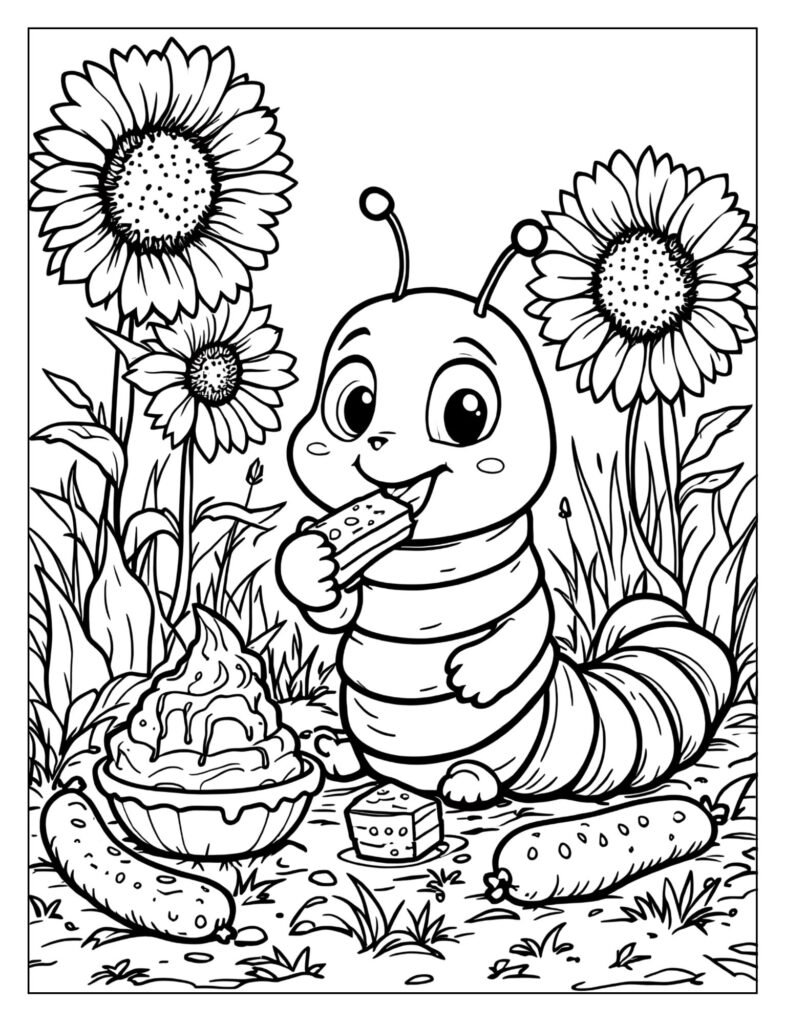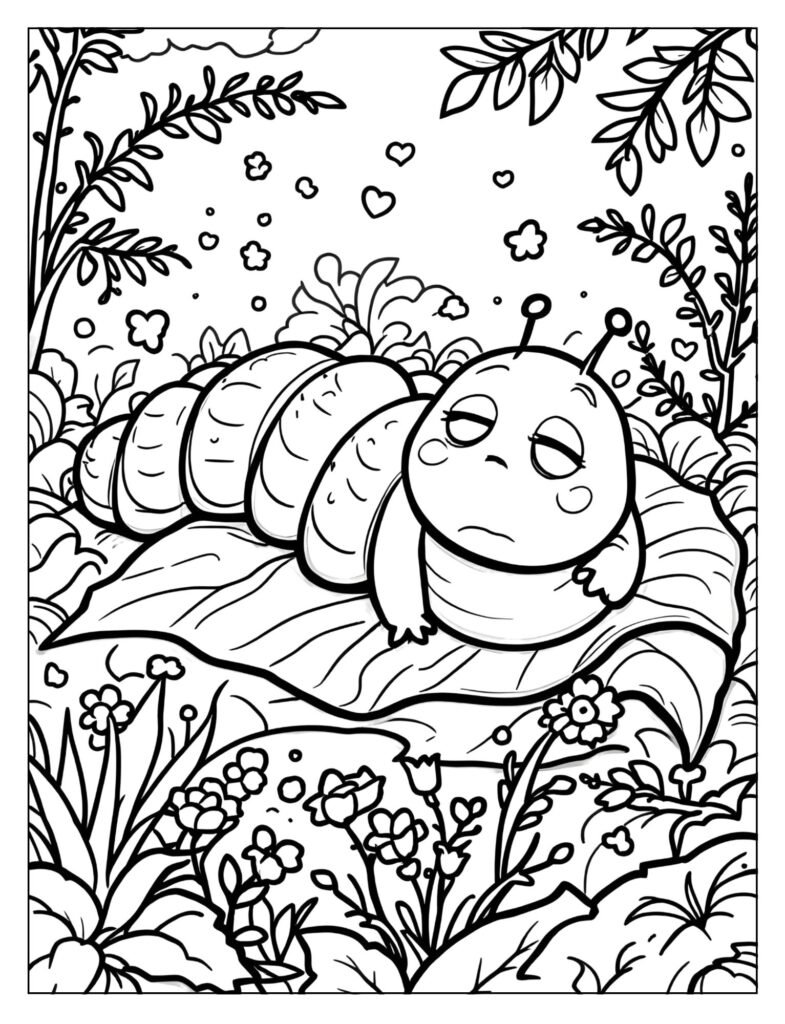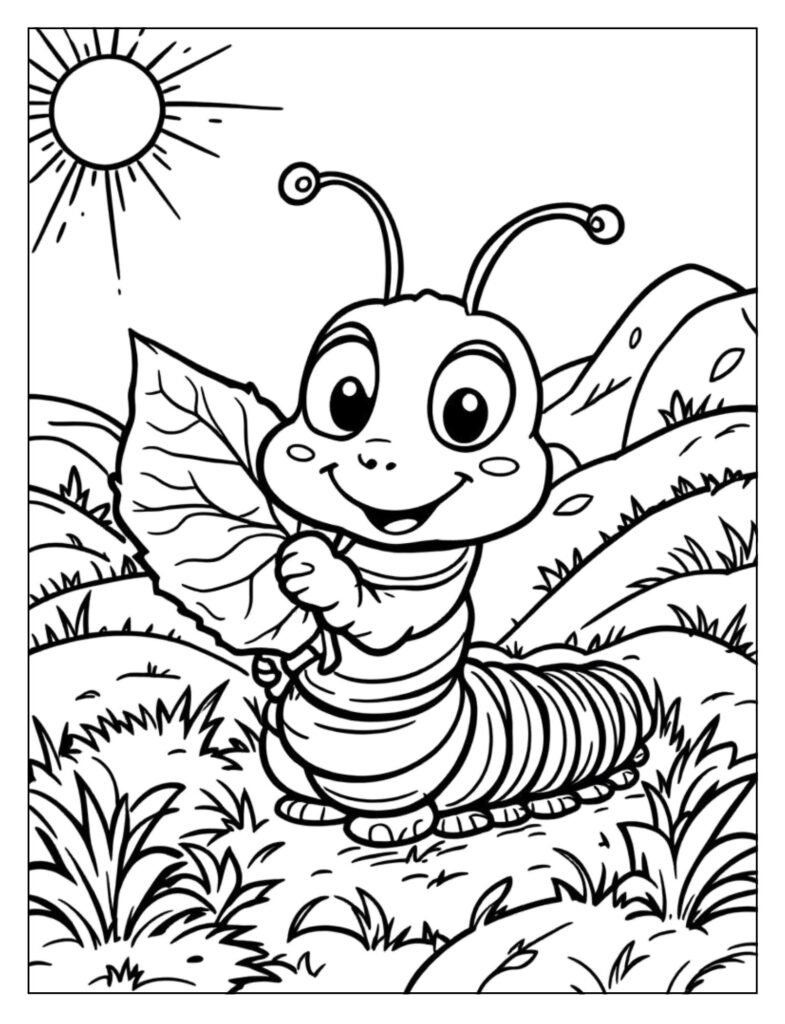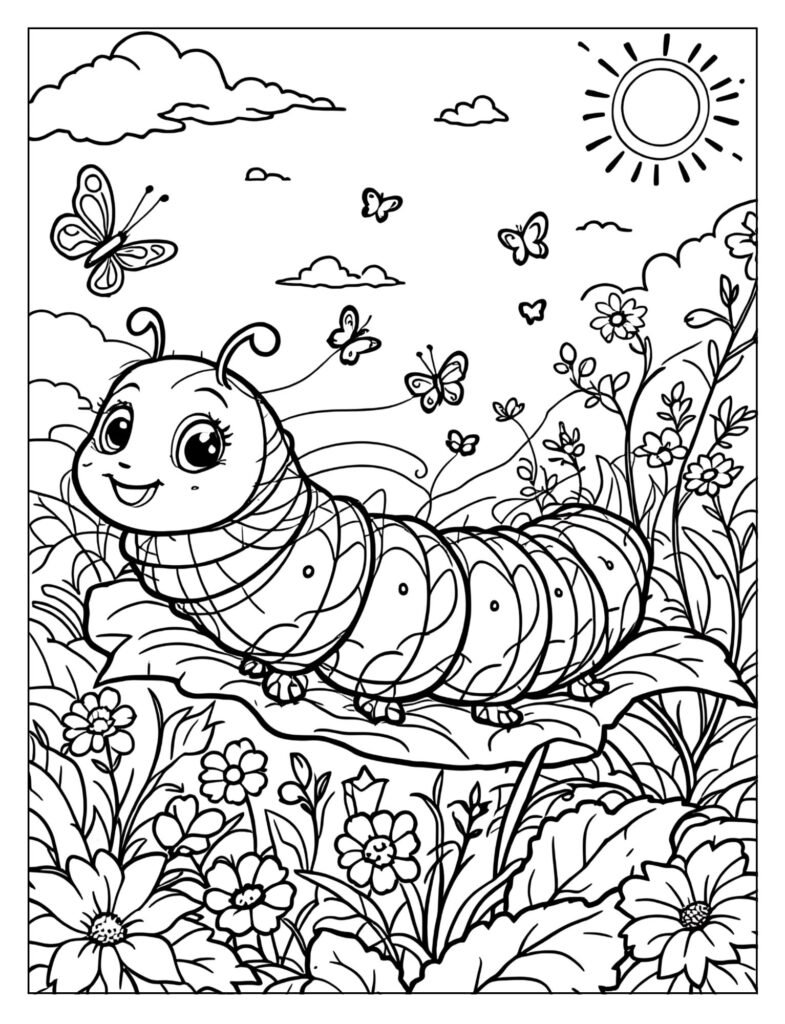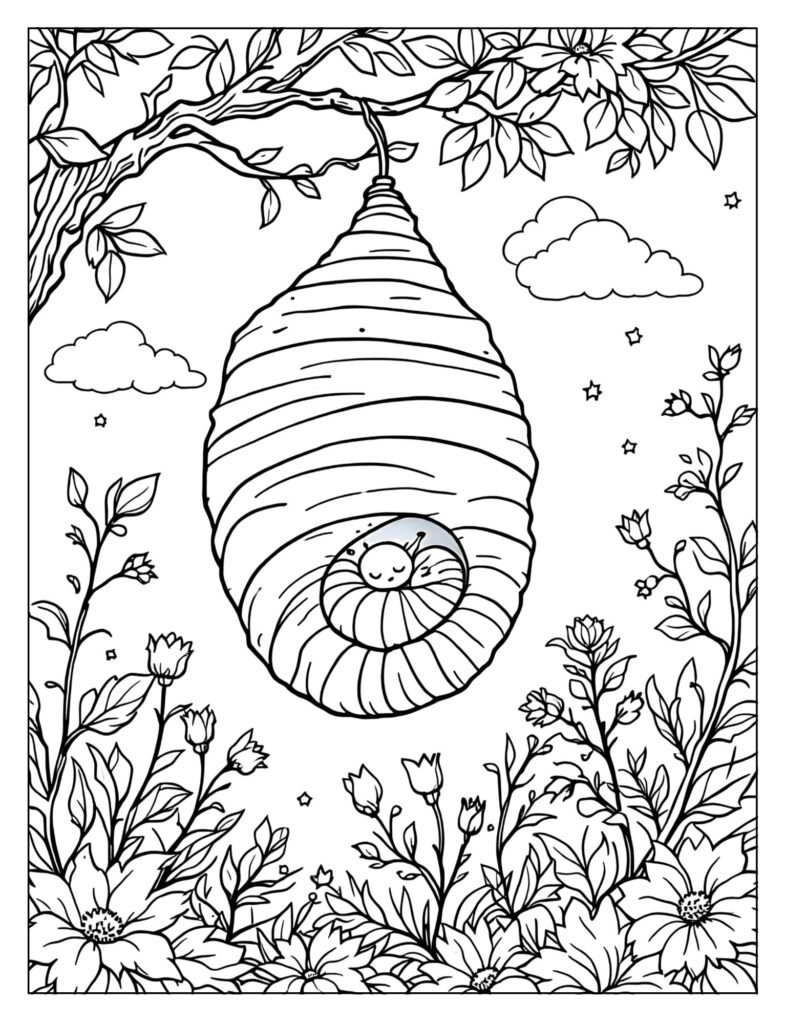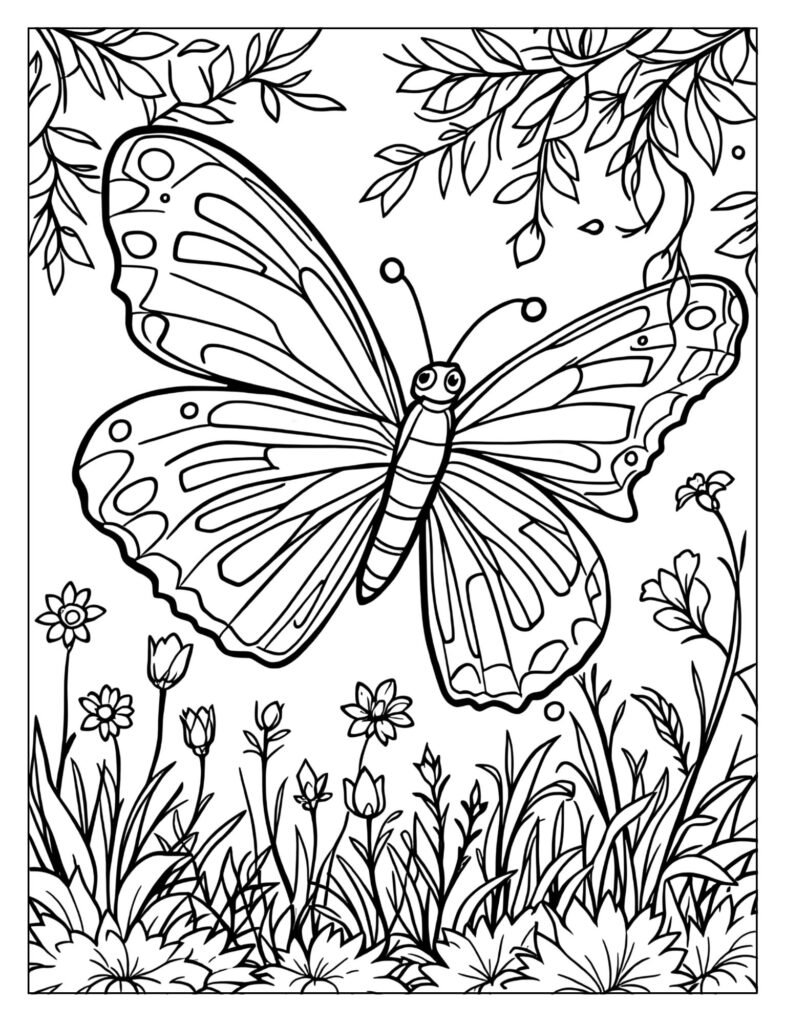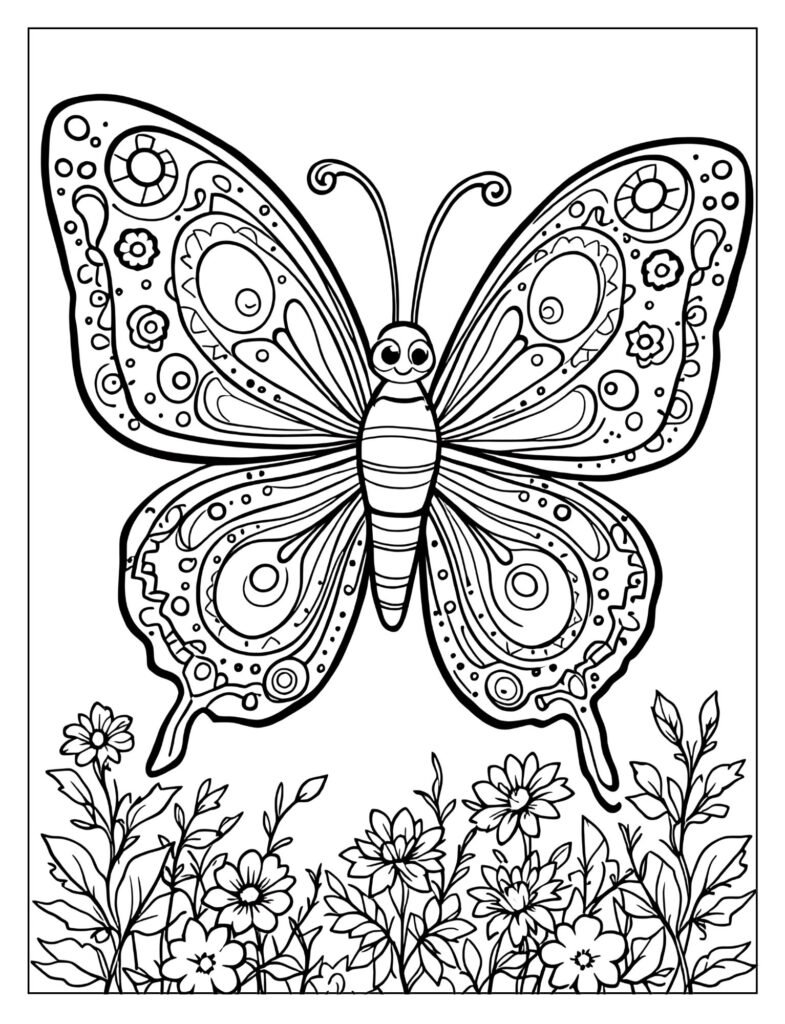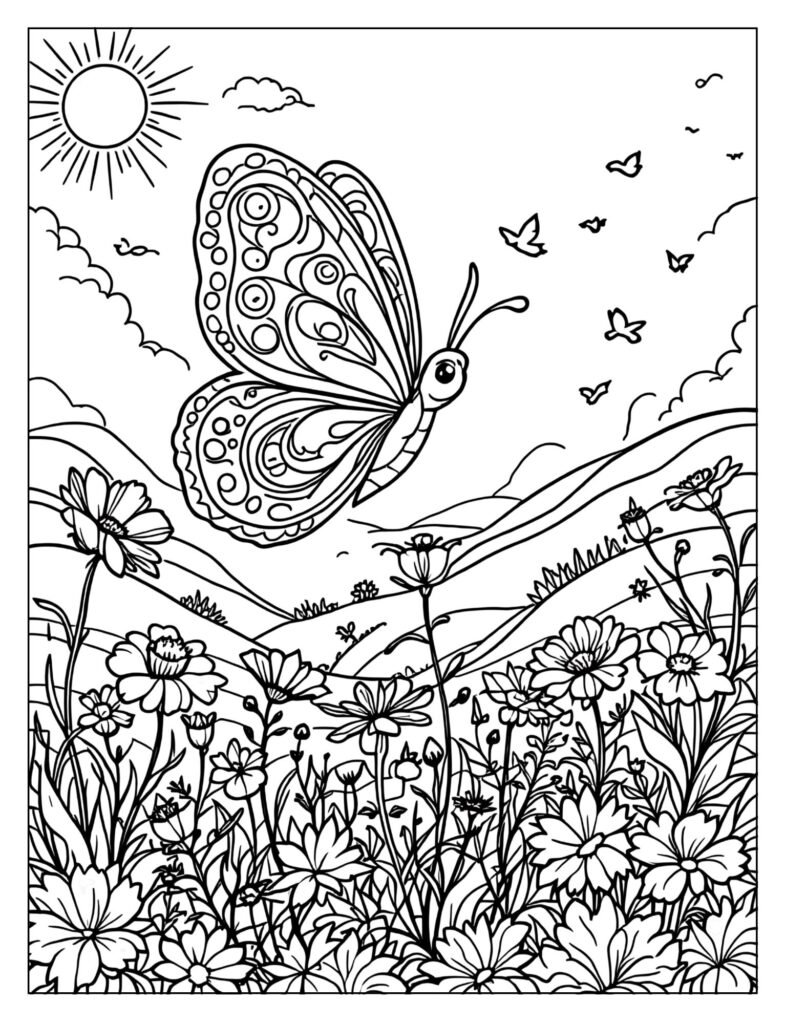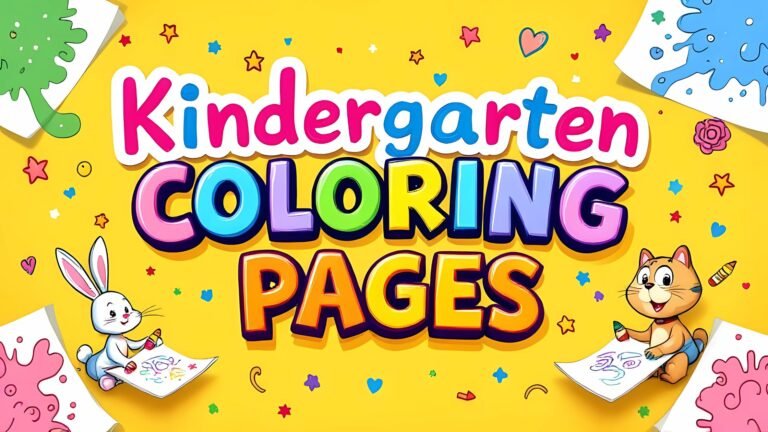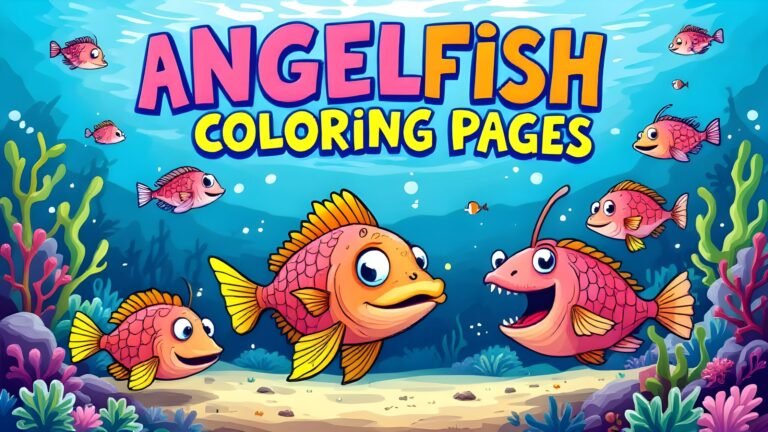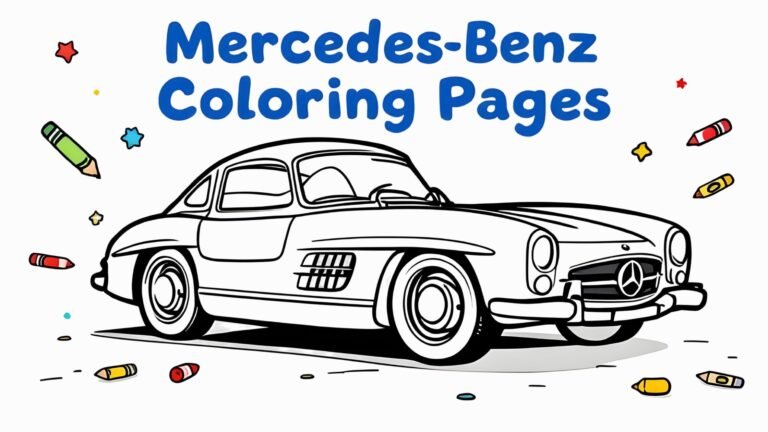15 Free Hungry Caterpillar Coloring Pages (PDF Printables)
The Hungry Caterpillar Coloring Pages bring one of the most beloved children’s book characters to life in a way that’s both fun and educational. Inspired by Eric Carle’s classic The Very Hungry Caterpillar, these coloring sheets capture the magic of storytelling through art. Kids can color the famous caterpillar munching through fruits, leaves, and other tasty treats while learning about nature, growth, and transformation.
This collection is ideal for preschoolers, kindergarten students, and young learners who love interactive activities. Parents, teachers, and caregivers can use these pages to combine reading time with creative play, encouraging children to engage more deeply with the story. Each page offers something unique, from the caterpillar eating apples and pears to its transformation into a beautiful butterfly.
To download, simply pick your favorite page, click the free download button, print, and start coloring. All designs come in standard PDF format, making them easy to use at home or school.
10 Interesting Facts About The Very Hungry Caterpillar
1. The Book Was First Published in 1969
Eric Carle’s The Very Hungry Caterpillar was first published in 1969 and quickly became a worldwide sensation. More than five decades later, the story continues to inspire children across generations, proving that its themes of curiosity and growth are timeless. Coloring pages based on the book allow today’s kids to connect with a story that has entertained millions before them.
2. It Has Sold Over 50 Million Copies
Few children’s books have achieved the success of this one. With more than 50 million copies sold globally, it’s one of the best-selling picture books of all time. That means millions of families have shared this story during bedtime or classroom lessons. Coloring pages inspired by the book give children a chance to experience this classic in a hands-on way.
3. The Story Teaches Counting and Days of the Week
The hungry caterpillar eats through different foods each day of the week, making it a clever teaching tool. Children can practice counting, learn the names of fruits, and even understand how time passes. When paired with coloring pages, kids can shade the apples red on Monday or color pears green on Tuesday, reinforcing what they’ve learned in a visual, fun way.
4. It Explores the Life Cycle of a Butterfly
One of the most important lessons in the book is the transformation of the caterpillar into a butterfly. This introduces children to the idea of metamorphosis in nature. A coloring page showing the cocoon stage or butterfly wings can help kids visualize this scientific process while being creative.
5. Eric Carle Used Unique Art Techniques
Eric Carle’s signature style involved hand-painted tissue paper collages. He would layer different colors and textures to create vibrant illustrations. While coloring pages can’t replicate his exact technique, children can experiment with crayons, watercolors, or even tissue paper collages of their own to mimic his artistry.
6. It’s Translated Into Over 60 Languages
The book has crossed cultural and linguistic boundaries, being translated into over 60 languages. No matter where children live, they can enjoy the same charming story. Similarly, coloring is a universal activity that transcends borders—kids everywhere can enjoy filling in the caterpillar with bright, bold colors.
7. The Caterpillar Eats Healthy and Unhealthy Foods
One of the fun aspects of the story is that the caterpillar doesn’t just eat fruits—it also indulges in cake, ice cream, and pickles! This introduces the concept of healthy eating and moderation. A coloring page of the caterpillar surrounded by both fruits and sweets gives parents and teachers a chance to start conversations about balanced diets.
8. The Book’s Simple Structure Helps Early Readers
The story uses repetitive patterns and simple sentences, making it perfect for early readers. Just like coloring pages, repetition builds confidence and reinforces learning. Kids can color the same caterpillar design multiple times, experimenting with new colors each time, without feeling overwhelmed.
9. The Caterpillar Character Has Become Iconic
Over the years, the hungry caterpillar has appeared on toys, clothes, games, and even animated adaptations. Coloring pages are another way for kids to interact with this iconic character. They’re not just coloring an insect—they’re coloring a piece of children’s literature history.
10. It Encourages Creativity Beyond Reading
Perhaps the biggest charm of The Very Hungry Caterpillar is its ability to inspire creativity. From classroom crafts to birthday party themes, this book has sparked countless activities for children. Coloring pages extend that creativity by giving kids their own canvas to imagine, experiment, and express themselves.
10 DIY Ideas for Hungry Caterpillar Coloring Pages
Coloring pages don’t have to stop once the crayons are put away. Here are 10 creative ways to turn your Hungry Caterpillar coloring sheets into fun crafts, gifts, and decorations:
1. Caterpillar Classroom Banner
After coloring the caterpillar, cut out each segment and string them together to make a classroom banner. Teachers can hang it up as part of a reading corner or spring decoration.
2. Storytelling Cards
Laminate individual coloring sheets and use them as storytelling flashcards. Kids can retell the story while flipping through the pages, reinforcing both literacy and memory.
3. Caterpillar Growth Chart
Print a large version of the caterpillar and color each section as your child grows taller. Add height markers on each segment, making it a creative growth chart inspired by the story.
4. DIY Party Decorations
If your child loves the book, use colored pages as decorations for a birthday party. Place them on the wall, create table centerpieces, or use them as themed placemats.
5. Caterpillar Puppet Show
Turn coloring pages into finger puppets by cutting out the caterpillar and attaching it to sticks. Children can use these puppets to act out the story, combining art with dramatic play.
6. Collage with Fruits
Encourage kids to color and cut out fruits from the pages. Then, glue them onto a large poster in the order the caterpillar eats them. This doubles as both a craft and a learning chart for sequencing.
7. Hungry Caterpillar Bookmarks
Cut strips from colored pages and laminate them to create bookmarks. Add a ribbon at the top for extra flair. These make excellent handmade gifts for classmates or siblings.
8. DIY Wrapping Paper
Print the designs on larger sheets and let kids color them. Use these sheets as personalized wrapping paper for small presents. It’s eco-friendly and adds a heartfelt touch.
9. Caterpillar Wall Art
Frame your child’s best-colored caterpillar page and hang it in their bedroom or playroom. It’s a simple way to celebrate their creativity while keeping the book’s magic alive.
10. Learning Mats
Laminate the coloring sheets and turn them into placemats. Kids can use them during mealtime or craft time, and they’re easy to wipe clean.
Final Thoughts
The Hungry Caterpillar Coloring Pages are more than just a set of fun activities—they’re an extension of a story that has delighted children for decades. By combining the joy of reading with the creativity of coloring, kids gain a deeper appreciation for both art and storytelling. These pages can teach counting, healthy eating, sequencing, and the life cycle of butterflies, all while letting children express themselves through colors.
Whether you’re a parent looking for weekend activities, a teacher designing a classroom lesson, or simply someone who loves Eric Carle’s art, these coloring pages provide endless opportunities for creativity. With so many DIY crafts possible, they can transform into banners, puppets, bookmarks, or even party decorations, making them a versatile tool for learning and fun.
So, grab your crayons, markers, or paints, and let the hungry caterpillar crawl into your world of imagination. Just like in the book, big things often grow from small beginnings—and every masterpiece starts with a single colored page.

